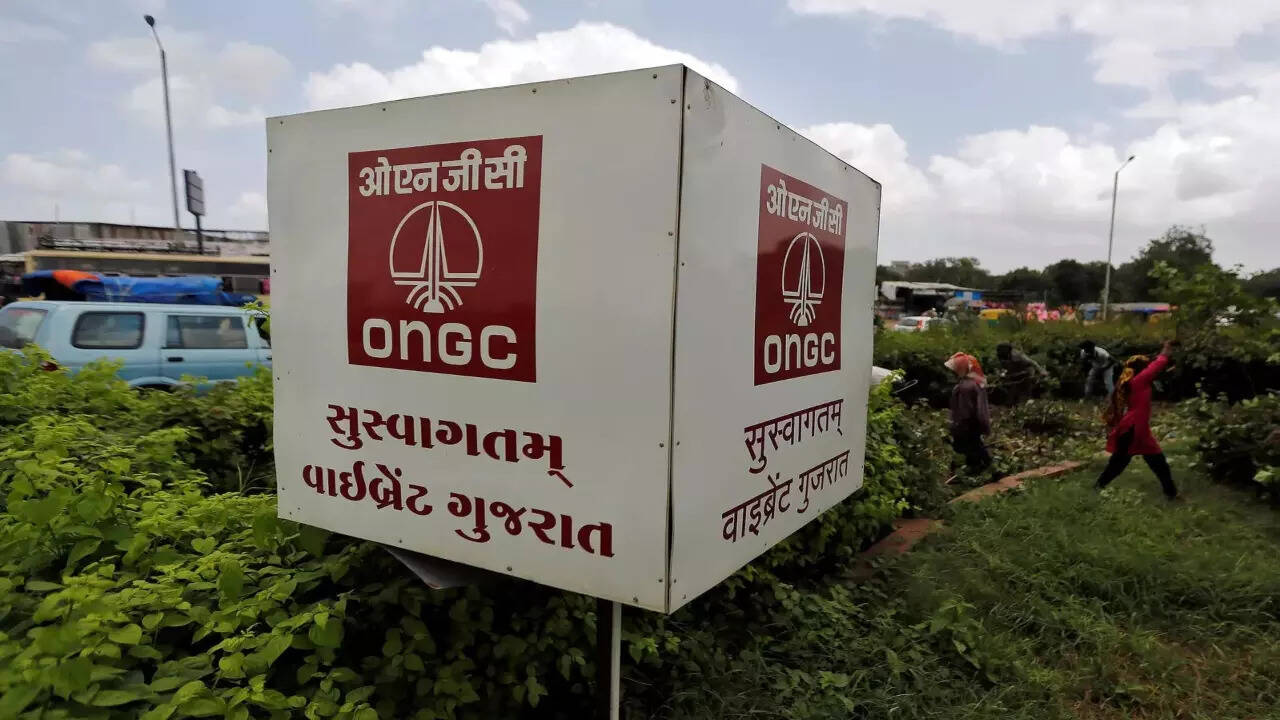
India’s top oil and gas producer ONGC has finally put a date for the much-awaited start of production from its KG basin gas field as it sought USD 12 price for the fuel it plans to deliver from June 15. Oil and Natural Gas Corporation (ONGC) will produce 0.4 million standard cubic metres per day – a fraction of the planned output from the block that sits next to Reliance Industries‘ prolific KG-D6 area in the Bay of Bengal, from June 15 and will ramp it up to 1.4 mmscmd by February 5, 2024, according to tender document the firm floated, seeking bids for gas sales.
ONGC‘s director for production Pankaj Kumar had in March told PTI that the firm will start production of oil from KG-DWN-98/2 or KG-D5 block in the Krishna Godavari basin by May or June this year. A small amount of gas will also flow with the oil that comes out of the reservoir lying several hundred metres below the seabed.
The company has now sought bids from users like city gas operators that sell CNG to automobiles and piped cooking gas to households, companies using gas to produce fertiliser or make electricity, LPG producers and traders, for the gas that will flow from June 15.
ONGC asked companies to quote a premium ‘P’ that they are willing to pay over and above the rate arrived at by calculating 14 per cent prevailing Brent oil price plus USD 1 per million British thermal unit, the document showed.
At the current Brent crude oil price of nearly USD 77 per barrel, the base price comes to USD 11.8 per mmBtu (USD 10.78 per mmBtu at 14 per cent of Brent oil price plus a markup of USD 1).
The floor price will be the lower of the price arrived at using this formula or the rate that the oil ministry’s arm PPAC notifies twice a year for deepsea fields. The ceiling price for difficult-to-produce fields like deepsea for six months starting April 1 is USD 12.12 per mmBtu.
ONGC was originally to start gas production from Cluster-II fields in the KG-D5 in June 2019, and the first oil was to flow in March 2020.
The company blamed contracting and supply chain issues due to the pandemic for shifting the start of oil production first to November 2021, then to the third quarter of 2022 and now to June 2023. The gas output start target was first revised to May 2021, then to May 2023 and now to May 2024 for non-associated gas to start flowing.
Kumar had told PTI that a floating production unit, called FPSO, which will be used to produce oil, is already in Indian waters. “We will start with 10,000 to 12,000 barrels per day and reach the peak of 45,000 bpd in 2-3 months,” he had said, adding some gas would also flow with oil but the actual gas output will start in May 2024 when 7-8 mmscmd production is expected.
The production estimates are, however, much lower than what was originally projected.
At the time of its launch in April 2018, ONGC had said the estimated capital expenditure would be USD 5.07 billion, and operational expenditure would be USD 5.12 billion over a field life of 16 years.
The block has several discoveries that have been clubbed into three clusters — Cluster-1, 2 and 3. Cluster 2 is being put into production first.
Cluster 2 field is divided into two blocks namely — 2A and 2B, which as per the original investment decision, were expected to produce 23.52 million metric tonnes of oil and 50.70 billion cubic metres (bcm) of gas over the life of the field.
Cluster 2A was estimated to contain reserves of 94.26 million tonnes of crude oil and 21.75 bcm of associated gas, while Cluster 2B is estimated to host 51.98 bcm of gas reserves.
Cluster 2A was anticipated to produce 77,305 barrels of oil per day (bopd) and associated gas at a rate of 3.81 million metric standard cubic metres per day (mmscmd) over 15 years. Cluster 2B is expected to produce free gas of 12.75 mmscmd from eight wells and has a 16-year life.
But now, the output estimate is lower – 45,000 bpd of oil and up to 2.5 mmscmd from Cluster 2A and around 9 mmscmd from Cluster 2B.

